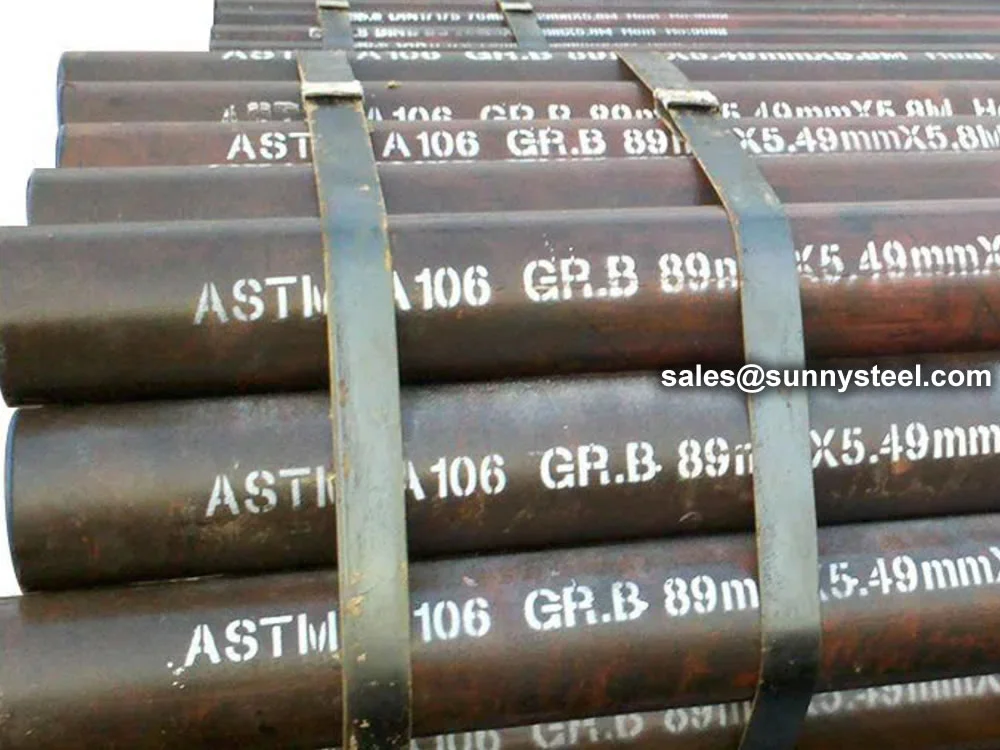
High-temperature, High-pressure Seamless Carbon Steel Pipe Ideal For Oil, Gas, Boiler, And Petrochemical Systems.
Astm a106 grade b seamless pipe delivers excellent strength and weldability for high-temperature and pressure applications in refineries, boilers, and gas pipelines.
High-temperature, High-pressure Seamless Carbon Steel Pipe Ideal For Oil, Gas, Boiler, And Petrochemical Systems.
Astm a106 grade b seamless pipe delivers excellent strength and weldability for high-temperature and pressure applications in refineries, boilers, and gas pipelines.
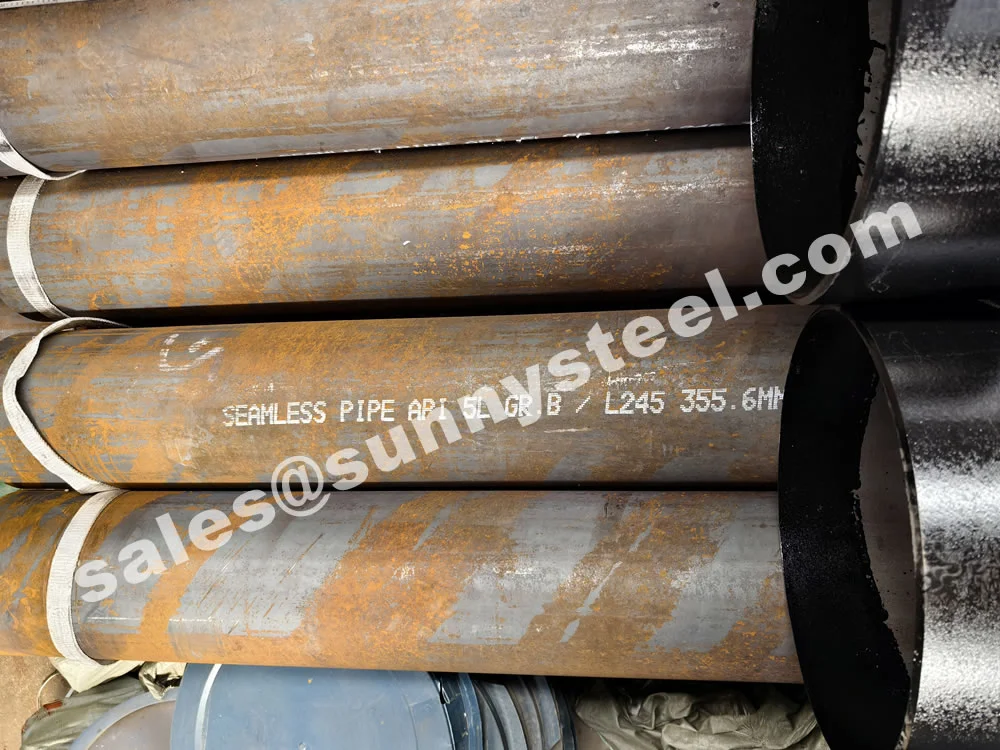
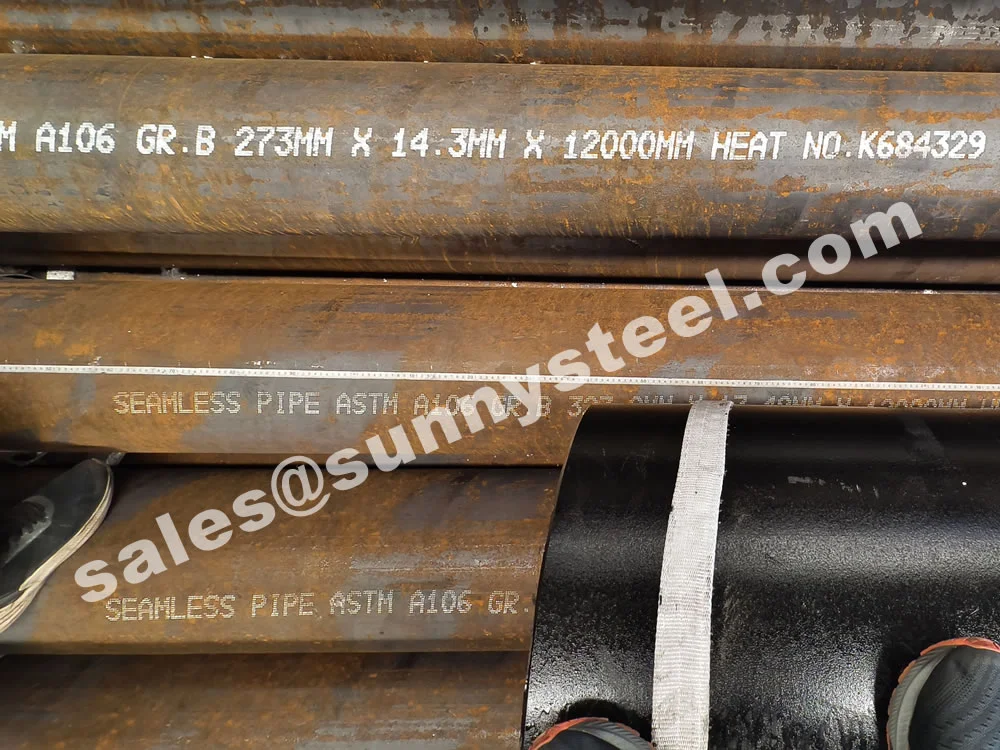
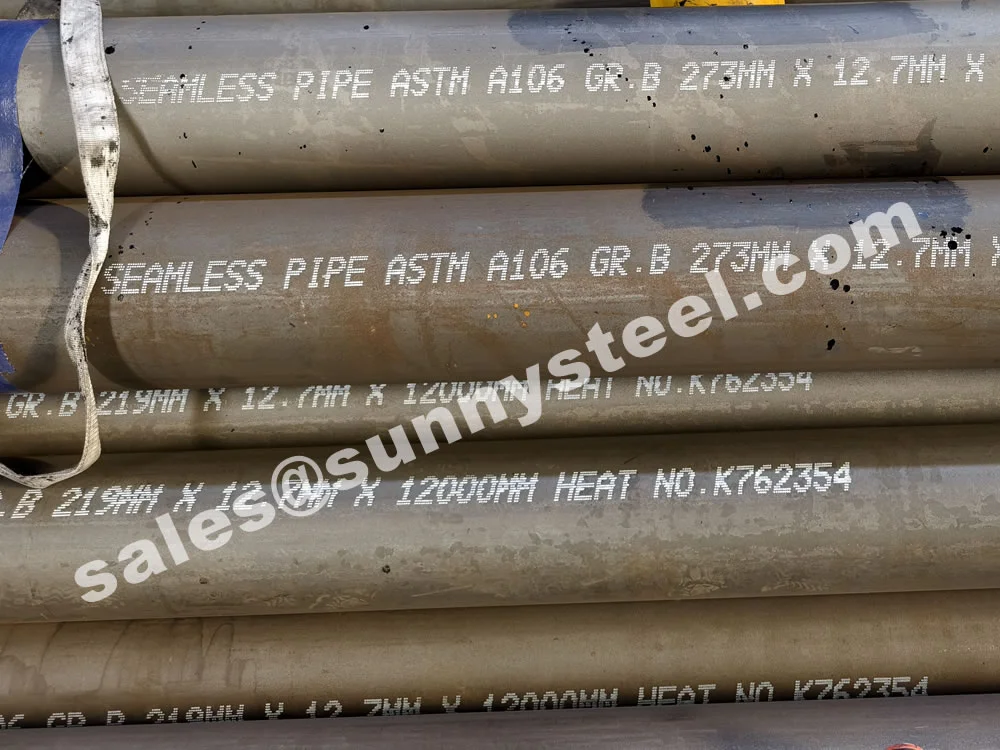
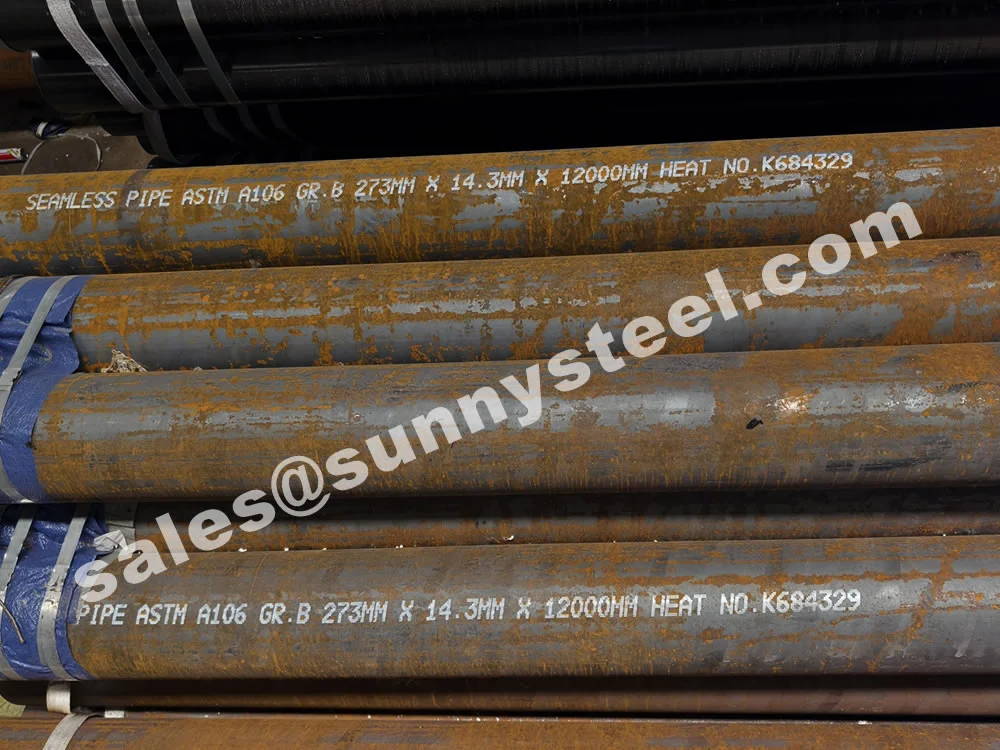
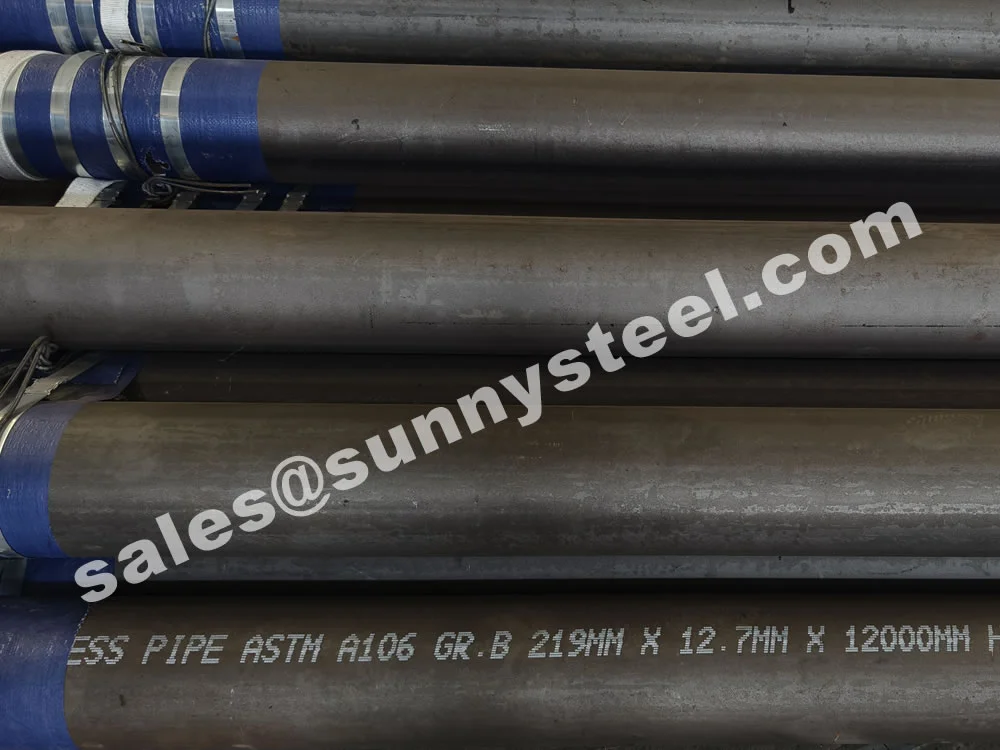
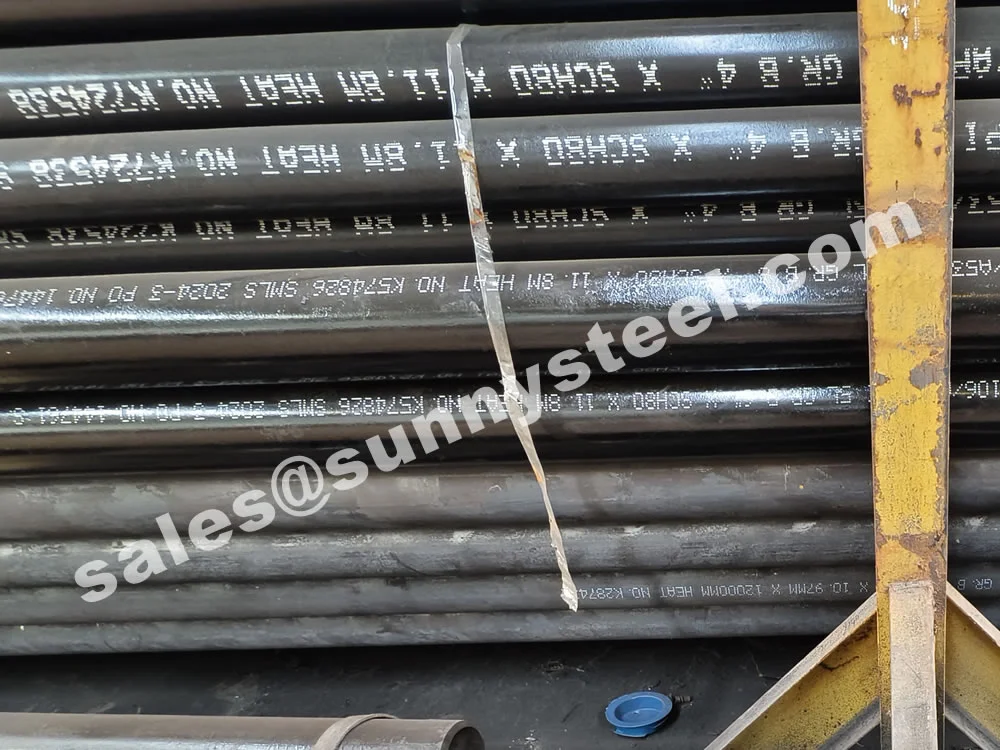
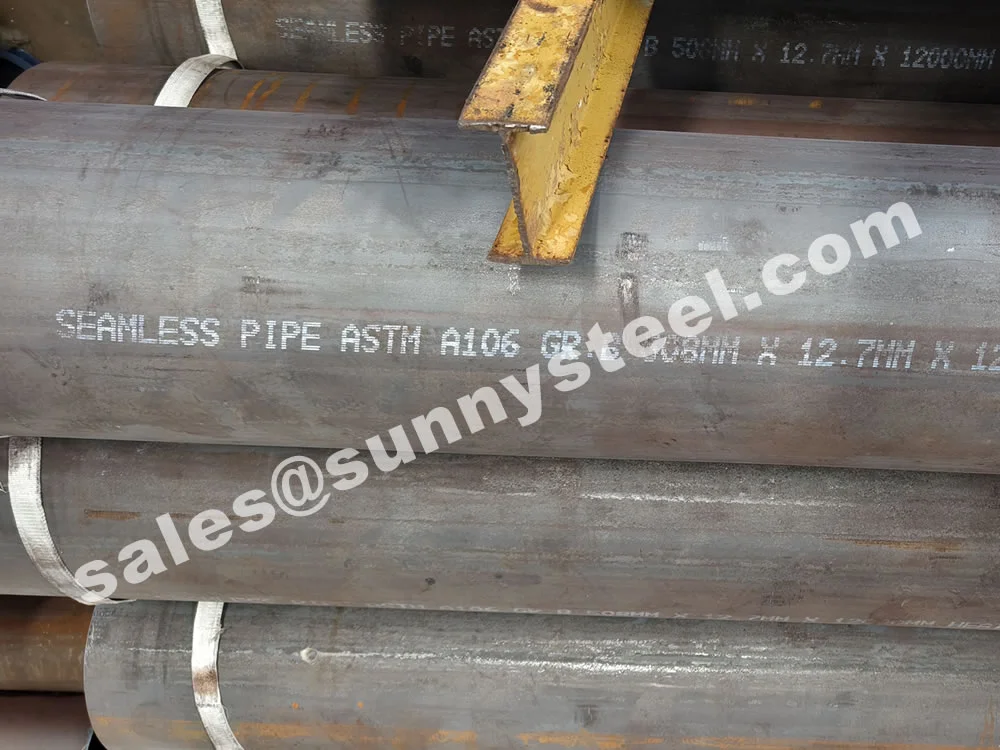
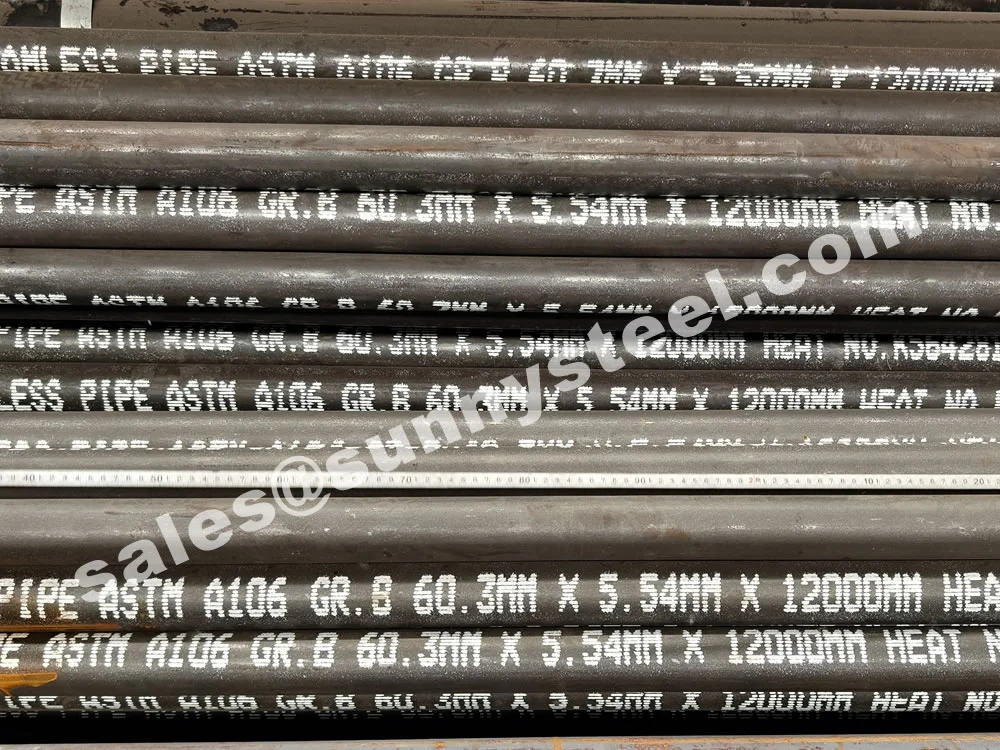
ASTM A106 Grade B Pipe is a seamless carbon steel pipe engineered for high-temperature pipe applications, delivering exceptional corrosion resistance and durability. Compliant with ASTM A106/ASME SA106 standards, this pipe is ideal for industrial piping in oil and gas refineries, power plants, petrochemical facilities, and boiler pipeline protection. Its seamless construction ensures consistent strength and reliability in extreme conditions.
Manufactured through hot-rolling or cold-drawing, the ASTM A106 Grade B Pipe undergoes heat treatment to optimize mechanical properties. With a carbon content of ≤0.30% and manganese ranging from 0.29-1.06%, it provides a balance of strength and ductility. Designed for bending, flanging, and welding, it requires specific welding procedures to maintain integrity in high-temperature environments. Available in sizes from NPS 1/8” to 48” (DN6 to DN1200), with wall thicknesses from SCH 10 to SCH XXS, and lengths in single random (4-7 meters), double random (7-12 meters), or customized, it meets diverse project requirements.
The pipe undergoes rigorous testing, including tensile, flattening, hydrostatic, and nondestructive electric tests, to ensure compliance with ASTM A106 standards. With a minimum tensile strength of 415 MPa and yield strength of 240 MPa, it withstands temperatures up to 427°C (800°F) and high-pressure conditions. Its corrosion resistance makes it suitable for handling corrosive fluids in petrochemical applications, while its robust structure supports the transport of water, oil, gas, and slurries. Surface coatings like black paint, varnish, FBE, 3LPE, or galvanization enhance durability, with plain, beveled, or threaded ends for easy installation.
The ASTM A106 Grade B Pipe addresses challenges like pipeline wear, thermal stress, and corrosion in demanding industrial environments. Its seamless design and high-strength properties make it a cost-effective solution for engineers seeking reliable industrial piping for high-temperature applications, ensuring safety and longevity.
| Element | Composition (%) |
|---|---|
| Carbon (C) | ≤0.30 |
| Manganese (Mn) | 0.29-1.06 |
| Phosphorus (P) | ≤0.035 |
| Sulfur (S) | ≤0.035 |
| Silicon (Si) | ≥0.10 |
| Chromium (Cr) | ≤0.40 |
| Copper (Cu) | ≤0.40 |
| Molybdenum (Mo) | ≤0.15 |
| Nickel (Ni) | ≤0.40 |
| Vanadium (V) | ≤0.08 |
| Property | Value |
|---|---|
| Tensile Strength, min (MPa) | 415 |
| Yield Strength, min (MPa) | 240 |
| Elongation, min (%) | 30 (Longitudinal), 16.5 (Transverse) |
| Hardness, max (HBW) | Approx. 110-150 |
The ASTM A106 Grade B Pipe is specifically designed for high-temperature service, distinguishing it from other grades like ASTM A53 Grade B and API 5L Grade B. Compared to ASTM A53 Grade B, which is suitable for general-purpose applications like water, gas, and air lines, A106 Grade B offers superior heat resistance due to its higher silicon content (min. 0.10%) and stricter manufacturing controls, making it ideal for boiler pipeline protection and high-temperature environments up to 427°C.
In contrast to API 5L Grade B, primarily used for oil and gas transmission pipelines, A106 Grade B excels in high-pressure and high-temperature applications, such as power plants and refineries. Its seamless construction provides better resistance to thermal stress compared to welded API 5L pipes. Additionally, A106 Grade B has tighter tolerances for chemical composition and mechanical properties, ensuring reliability in demanding industrial piping systems.
When compared to ASTM A335 P9, a ferritic alloy steel pipe with high chromium and molybdenum content, A106 Grade B is more cost-effective for applications not requiring extreme corrosion resistance or temperatures above 427°C. While P9 is better suited for highly corrosive environments like petrochemical plants handling hydrogen sulfide, A106 Grade B is a versatile, economical choice for general high-temperature industrial piping and boiler applications.
| Pipe Grade | Material Type | Max Temperature (°C) | Key Applications | Corrosion Resistance |
|---|---|---|---|---|
| ASTM A106 Grade B | Carbon Steel | 427 | Boiler Systems, Refineries | Moderate |
| ASTM A53 Grade B | Carbon Steel | 350 | Water, Gas, Air Lines | Moderate |
| API 5L Grade B | Carbon Steel | 350 | Oil & Gas Pipelines | Moderate |
| ASTM A335 P9 | Alloy Steel | 750 | Petrochemical, Refineries | High |
Withstands temperatures up to 427°C, ideal for boiler and refinery applications.
Enhanced durability in corrosive environments like petrochemical plants.
Uniform structure ensures reliability under high-pressure conditions.
Suitable for bending, flanging, and welding in complex piping systems.
Long lifespan and low maintenance reduce overall project costs.
ASTM A106 seamless carbon steel pipes are designed for high-temperature service, offering excellent strength and durability for industrial applications like boilers and refineries.
ASTM A106 is a standard specification for seamless carbon steel pipe for high-temperature service. It is commonly used in the construction of oil and gas refineries, power plants, petrochemical plants, boilers, and ships where the piping must transport fluids and gases that exhibit higher temperatures and pressure levels.
The ASTM A106 standard covers seamless carbon steel pipes in sizes ranging from NPS 1/8 to NPS 48 (DN6 to DN1200), with nominal (average) wall thicknesses as specified in ASME B36.10M. These pipes are engineered for high-temperature environments and are suitable for bending, flanging, and similar forming operations, as well as for welding.
ASTM A106 seamless pipes are available in three grades: A, B, and C. Each grade differs in chemical composition and mechanical properties, making them suitable for specific temperature and pressure conditions.
| Element | Grade A (%) | Grade B (%) | Grade C (%) |
|---|---|---|---|
| Carbon (C) | ≤ 0.25 | ≤ 0.30 | ≤ 0.35 |
| Manganese (Mn) | 0.27 - 0.93 | 0.29 - 1.06 | 0.29 - 1.06 |
| Phosphorus (P) | ≤ 0.035 | ≤ 0.035 | ≤ 0.035 |
| Sulfur (S) | ≤ 0.035 | ≤ 0.035 | ≤ 0.035 |
| Silicon (Si) | ≥ 0.10 | ≥ 0.10 | ≥ 0.10 |
| Property | Grade A | Grade B | Grade C |
|---|---|---|---|
| Tensile Strength (MPa) | ≥ 330 | ≥ 415 | ≥ 485 |
| Yield Strength (MPa) | ≥ 205 | ≥ 240 | ≥ 275 |
| Elongation (%) | ≥ 35 (longitudinal) | ≥ 30 (longitudinal) | ≥ 30 (longitudinal) |
ASTM A106 pipes are produced using a seamless process, which involves heating a solid carbon steel billet to a high temperature, piercing it to form a hollow tube, elongating and sizing the tube, and optionally applying heat treatment to enhance properties.
To meet ASTM A106 requirements, pipes undergo rigorous testing, including hydrostatic testing, non-destructive testing, mechanical testing, and visual inspection.

| DIN | EN | BS | NFA | ASTM | ASME |
|---|---|---|---|---|---|
| DIN 17175 Grade St 45.8 | EN P235GH (EN 10216‑2) | N/A | NFA A 49‑215 Grade TU 42‑c | ASTM A106 Grade B | ASME SA 106 Grade B |
ASTM A106 seamless pipes are widely used in high-temperature and high-pressure environments across key industries such as power, petrochemical, oil & gas, and construction.
Used in steam lines, boiler tubes, and superheaters in thermal and nuclear plants for reliable heat and pressure performance.
Applied in pipelines, refinery units, and upstream systems for transporting high-pressure hydrocarbons and gases.
Used in heat exchangers, reactors, and pressure lines to withstand chemical corrosion and thermal shock.
Ideal for hydraulic piping, structural parts, and custom-machined components with precise dimensional stability.
Used in steam and fluid lines in buildings, infrastructure, and industrial HVAC systems for pressure-safe operation.
Suitable for engine cooling, steam lines, and hydraulic circuits on ships due to its thermal resistance and pressure durability.
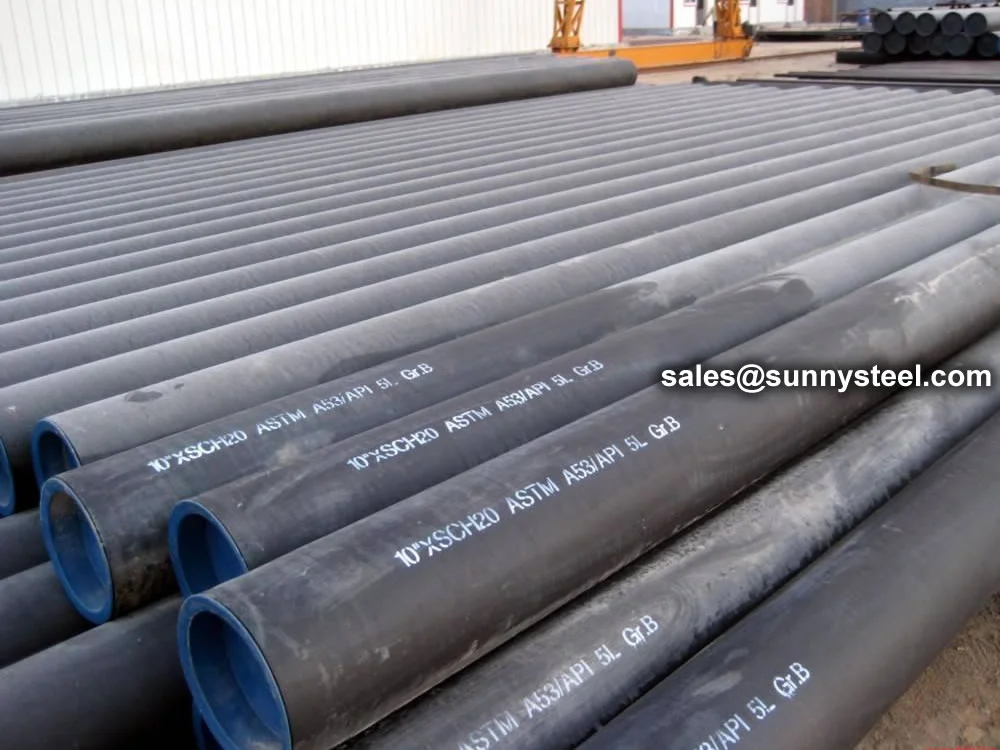
Astm a53 steel pipe meets stringent technical requ...
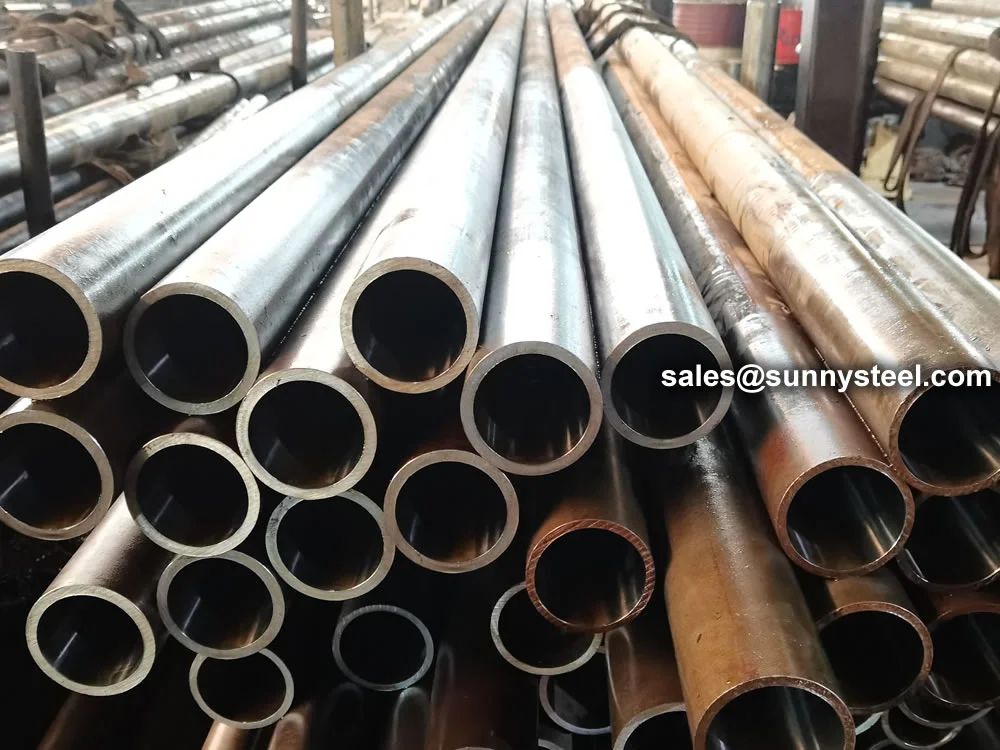
Astm a209 tubes offer seamless alloy steel solutio...
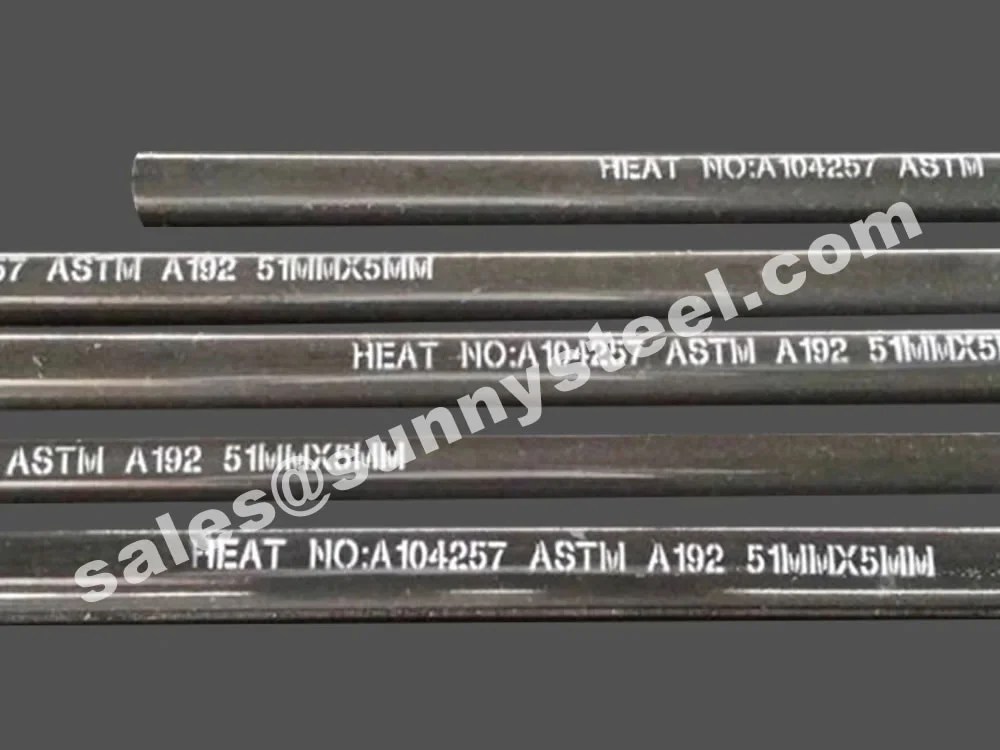
ASTM A192 seamless boiler tubes deliver exceptiona...
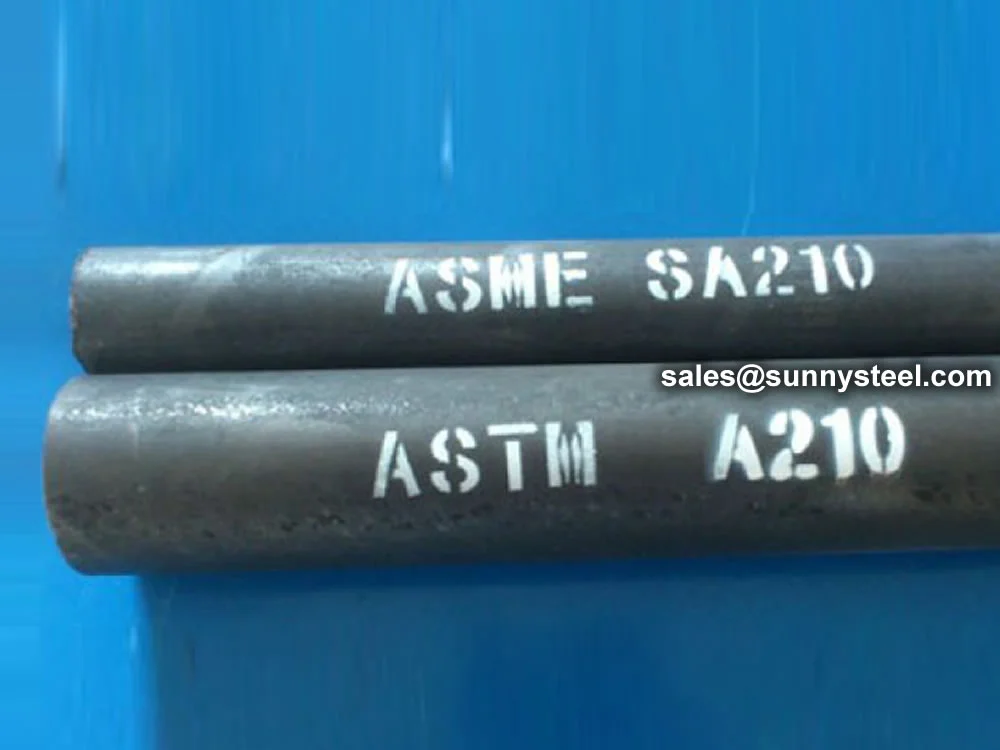
Astm a210 seamless boiler tubes offer excellent st...